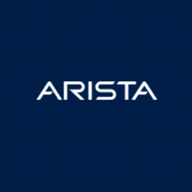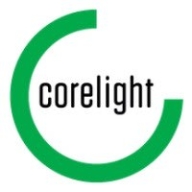

Arista NDR and Corelight are two leading network detection and response solutions. Overall, Corelight stands out due to its extensive features, even though Arista NDR is favored for pricing and support.
Features: Arista NDR offers advanced threat detection capabilities, user-friendly configuration options, and reliable performance metrics. Corelight provides comprehensive data analysis, seamless integration with various security tools, and a robust feature set.
Room for Improvement: Arista NDR users desire more detailed reporting, enhanced automation features, and improved scalability. Corelight users suggest an easier initial setup process, better documentation, and streamlined configuration options.
Ease of Deployment and Customer Service: Arista NDR is notable for its relatively simple deployment and responsive customer support. Corelight, while offering a sophisticated deployment model, receives mixed reviews on ease of setup and has knowledgeable but less accessible customer service.
Pricing and ROI: Arista NDR is considered cost-effective with a satisfactory return on investment. Corelight, though more expensive, justifies the cost through robust performance and enhanced features, yielding a high ROI.

Arista NDR (formerly Awake Security) is the only advanced network detection and response company that delivers answers, not alerts. By combining artificial intelligence with human expertise, Arista NDR hunts for both insider and external attacker behaviors, while providing autonomous triage and response with full forensics across traditional, IoT, and cloud networks. Arista NDR delivers continuous diagnostics for the entire enterprise threat landscape, processes countless network data points, senses abnormalities or threats, and reacts if necessary—all in a matter of seconds. The Arista NDP platform stands out from traditional security because it is designed to mimic the human brain. It recognizes malicious intent and learns over time, giving defenders greater visibility and insight into what threats exist and how to respond to them.
The Advent of Advanced Network Detection and Response & Why it Matters
Corelight is the most powerful network visibility solution for information security professionals. We provide real-time data that organizations use to understand, detect, and prevent cyber attacks. Our solution is built on Zeek, the powerful and widely-used open source monitoring framework.
We monitor all Network Detection and Response (NDR) reviews to prevent fraudulent reviews and keep review quality high. We do not post reviews by company employees or direct competitors. We validate each review for authenticity via cross-reference with LinkedIn, and personal follow-up with the reviewer when necessary.